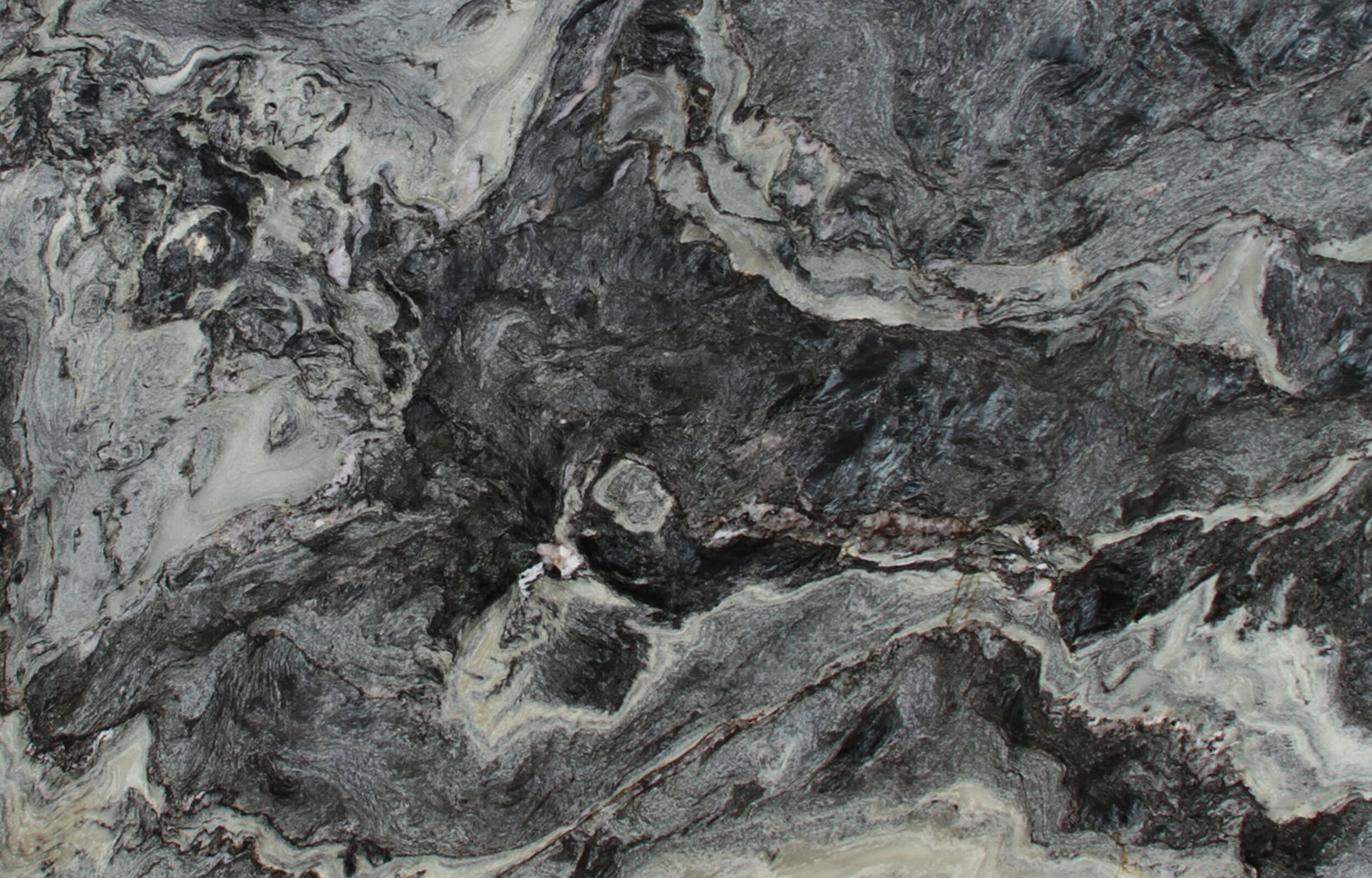Quartzite is a hard natural stone formed when a quartz-rich sandstone is altered by the pressure, heat, and chemical activity of metamorphism. The metamorphism recrystallizes the sand grains and the silica cement resulting in a network of interconnecting quartz grains of incredible strength. It is 7 on the Mohs hardness scale which means that it’s harder than glass and harder than a knife blade.
The color ranges from white or a light shade of pink or gray. Other impurities can cause it to be yellow, orange, brown, green, or blue.
Properties of quartzite
Hardness
The most admired quality of Quartzite is its hardness and durability. Not only does this make for a hard stone, but it also makes it easy to tell quartzite from the imposters. Quartz is 7 on the Mohs hardness scale. That means it’s harder than glass and harder than a knife blade. These things are easy to test with a sample of stone.
If a rock that is labeled as quartzite is soft, then it was mislabeled. The unfortunate term “soft quartzite” has emerged to explain why a rock labeled quartzite is actually not hard and durable like real quartzite. There is no such thing as soft quartzite though. There is only one kind of quartzite and it’s hard. A rock labeled as soft quartzite is most likely marble.
Resistance to acids
Quartzite will not etch from acids like lemon juice or vinegar. If a rock labeled as quartzite becomes etched from acid, then it’s been mislabeled. Marble and dolomitic marble, on the other hand, will etch from these acids. Dolomitic marble etches slightly more slowly than regular marble. But quartzite will not etch at all from standard kitchen acids.
Porosity
Quartzite has a range of porosities. Some, like the Taj Mahal or Sea Pearl, have been highly metamorphosed, and the minerals are bonded together tightly. White Macaubas and Calacatta Macaubas have been exposed to less intense pressure, so they are more porous and will benefit from sealing.

